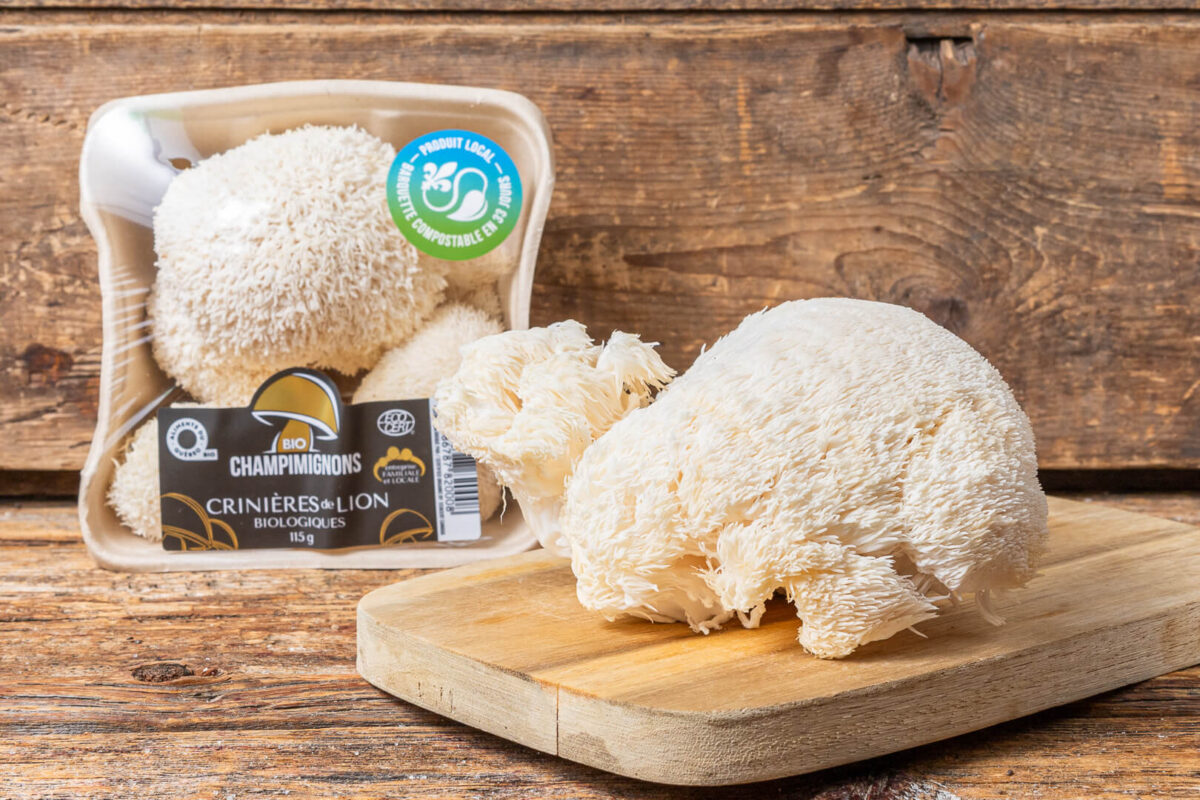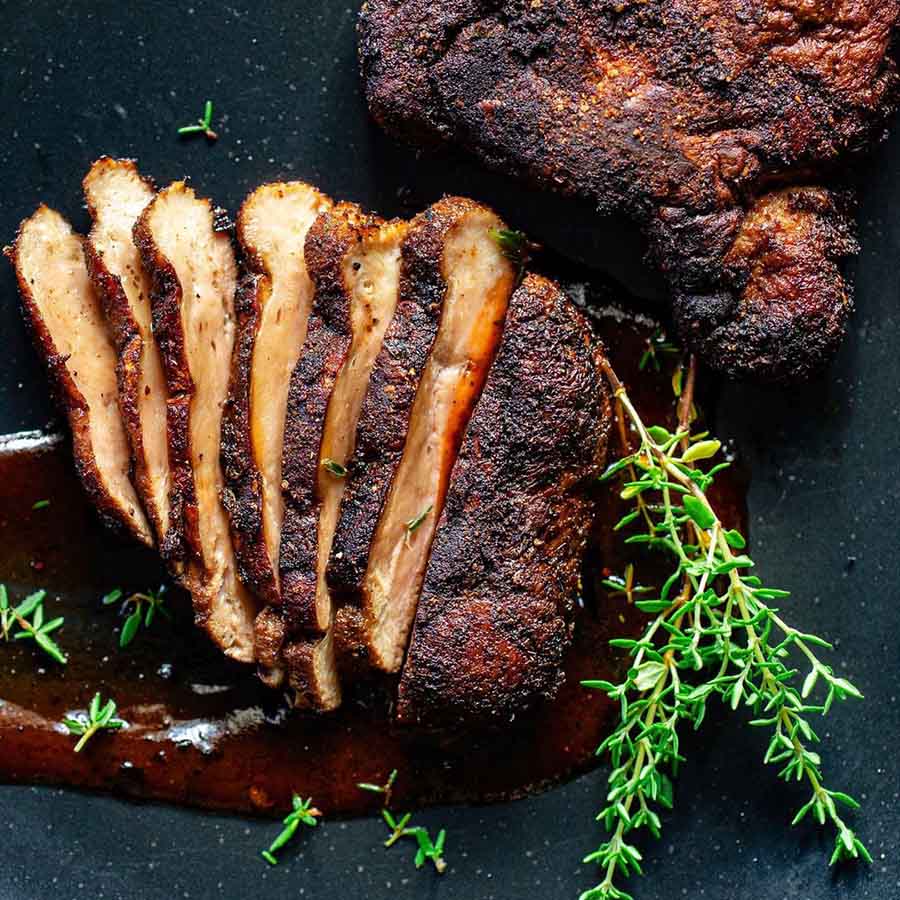Mushroom Spotlight: Lion's Mane - The Brainy Fungus

The Pom-Pom Shroom That’s Boosting Brains and Turning Heads
Lion’s Mane (Hericium erinaceus) looks like something Dr. Seuss dreamed up after a double dose of espresso: a fluffy, white pom-pom cascading off dead hardwood trees. But don’t let the whimsical appearance fool you—this mushroom is all business when it comes to brain health.
Used for centuries in Traditional Chinese Medicine, Lion’s Mane has recently gone mainstream for its reported nootropic powers. That’s science-speak for “it might help your brain function better.” Memory, focus, clarity—this mushroom might just be your brain’s best bud.
Table of Contents
- Where It Grows
- What It Does (and Why You Care)
- How to Eat It
- Supplements, Powders, and Elixirs
- The Science So Far
- Final Thoughts
🌍 Where It Grows
Native to North America, Europe, and Asia, Lion’s Mane grows on decaying hardwood trees—especially beech and oak. It usually pops up in late summer and fall, and foragers know it as a golden find in the woods.
In the Pacific Northwest, it’s often spotted clinging to mossy logs in misty forests—think Oregon and Washington. But if outdoor adventures aren’t your thing, don’t worry. Lion’s Mane is also easily cultivated indoors using mushroom grow kits. Homegrown mycelial magic? Yes, please.
🧬 What It Does (and Why You Care)
Lion’s Mane contains two key compounds—hericenones and erinacines—that may stimulate the growth of brain cells. Some studies suggest it could help regenerate nerve tissue, support cognitive function, and even protect against Alzheimer’s. That’s a tall order for a mushroom that looks like a mop.
Bonus: it’s also believed to support gut health and mood regulation. Mind-gut connection? Check.

🍳 How to Eat It
Fresh Lion’s Mane has a seafood-like texture and flavor—think crab or lobster. You can sauté it like scallops or toss it into a pasta for a fancy fungi twist. Not into cooking? It’s also available in capsules, powders, teas, and tinctures.
BBQ it! Slice the mushroom into thick, steak-like slabs, drizzle with olive oil, a pinch of salt, garlic powder, and a squeeze of lemon. Toss it on the grill for a few minutes each side until golden and slightly crispy on the edges. It’s earthy, savory, and surprisingly meaty—perfect for vegetarians and mushroom converts alike.
Pan-Sear with Butter & Thyme: Cut into medallions and sear in butter with a few sprigs of thyme and a clove of garlic. Let the mushrooms caramelize until golden brown—then hit them with a splash of white wine to deglaze. Serve over toast, mashed potatoes, or just straight from the pan like the forest royalty you are.
Lion’s Mane “Crab” Cakes: Shred the mushroom, mix with breadcrumbs, a little mayo, Dijon mustard, Old Bay seasoning, chopped green onions, and an egg to bind. Form into patties and fry until crispy. You’ll swear you’re at a seaside shack in Maine—minus the crab.
Lion’s Mane Tacos: Sauté shredded Lion’s Mane with cumin, garlic, smoked paprika, and a little lime juice. Pile it high on warm corn tortillas with avocado, pickled onions, and a drizzle of crema. It’s Taco Tuesday, forest edition.
Pro tip: Cooking releases more of the beneficial compounds, so give it some heat love.

🌿 Supplements, Powders, and Elixirs
Not everyone’s a home chef or a mushroom forager—and that’s okay. Lion’s Mane is widely available in convenient formats like capsules, tinctures, teas, and drink powders. Some folks take it daily for a mental boost, others save it for study marathons or work sprints.
If you’re shopping for supplements, look for fruiting body extracts with no added fillers. Double-extraction tinctures tend to offer the most bioavailable benefits. Just make sure your Lion’s Mane isn’t secretly just lion’s mane-flavored sawdust.
🔬 The Science So Far
Research into Lion’s Mane is still budding, but what’s sprouted so far is pretty exciting. Animal studies have shown its potential to stimulate the production of Nerve Growth Factor (NGF), which helps maintain and regenerate neurons—basically brain fertilizer. This is thanks to compounds called hericenones and erinacines, found in different parts of the mushroom.
Early human studies suggest Lion’s Mane may help improve mild cognitive impairment, reduce symptoms of anxiety and depression, and support nerve regeneration after injury. It’s not magic—yet—but the results are promising.
One 2009 double-blind, placebo-controlled study in Japan showed significant cognitive improvement in older adults with mild memory problems after consuming Lion’s Mane for 16 weeks (Mori et al., Phytotherapy Research, 2009).
Another study in 2010 found it may help regenerate damaged peripheral nerves in rats (Wong et al., International Journal of Medicinal Mushrooms, 2010). Scientists are still exploring its full range of benefits, but it’s clear: Lion’s Mane has serious myco-potential.

🤔 Final Thoughts
Lion’s Mane is the brain-boosting, mood-lifting, gut-loving mushroom that’s easy to fall in love with. Whether you’re chasing clarity, memory magic, or just want to feel sharper in the morning meeting—it’s a fungi that’s more than just a pretty pom-pom.
So next time you’re looking for a mental edge, maybe don’t reach for that third cup of coffee. Reach for the Mane—and maybe a spatula too.
Back to SmilesHigh.Club

I’ve been using Lion’s Mane capsules for a couple years now! They make me feel very clear headed.
Love me some lionmang
I like these mushy spotlight series. bookmarrrrking!
Gonna try the bbq idea next time we have guests over